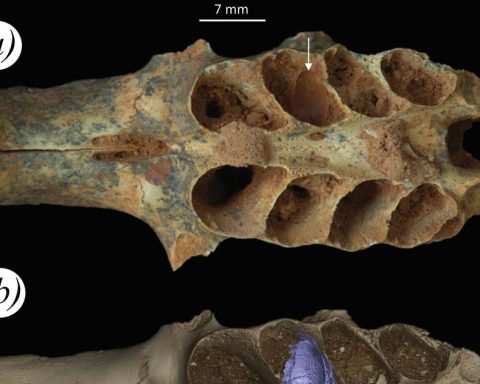The PIT-CNT called for a 24-hour general strike on Tuesday, March 8, on the occasion of International Women’s Day. The central proclamation also revealed the rejection of the Urgent Consideration Law (LUC), and support for the Yes vote in the referendum on March 27.
Apart from the evaluations that union leaders usually make when organizing this type of measure, it is difficult to establish precisely the degree of adherence and its impact on the level of activity.
One piece of information that is useful and allows us to have an approximation of what happened is the behavior of electricity demand throughout the day of unemployment compared to other days where the work activity was carried out normally.
The electricity market data shows that the total electricity consumption during the day of Tuesday, March 8 was slightly below what happened on Monday, March 7, with a decrease of 1,326 megaWatt/hour (MWh) (-4.7%). What happened hour by hour? The fall in consumption was reflected in most of the day and is observed with a little more clarity in working hours, between 8 and 17 hours.
While, If the comparison is made with what happened a week before, that is, on Tuesday, March 1, the demand for electricity on the day of the strike was slightly higher. The growth was around 700 MWh (+2.5%) in that weekly comparison, according to UTE data.
The Tuesday’s stoppage affected services such as education, health and public organizations, among others. The measure approved by the union central was a general strike, but later it was subject to the decision of each union if the men also joined the women’s strike.
For example, in the banking sector there was attention to the public, both in public and private banks, and only women agreed to the measure. In the case of Central Administration, the largest unions such as, for example, public health, carried out a total stoppage of activities.
In other sectors, such as commerce and services, they normally worked with sales outlets that were open all day. Something very similar happened in the activity of the manufacturing industry. And in the public companies there was attention in the commercial offices.
It should be noted that although the measure was adhered to, passenger transport operated normally throughout the day. This facilitated not only the transfer of people to the different mobilizations on the occasion of Women’s Day, but also that of those who chose to go to their workplaces and not go on strike.
The traditional demonstration for the 8M was preceded by a controversy over the decision of the PIT-CNT to take advantage of the day to claim militancy for the Yes, a decision ratified twice in its Representative Table despite the questioning of some feminist groups.














